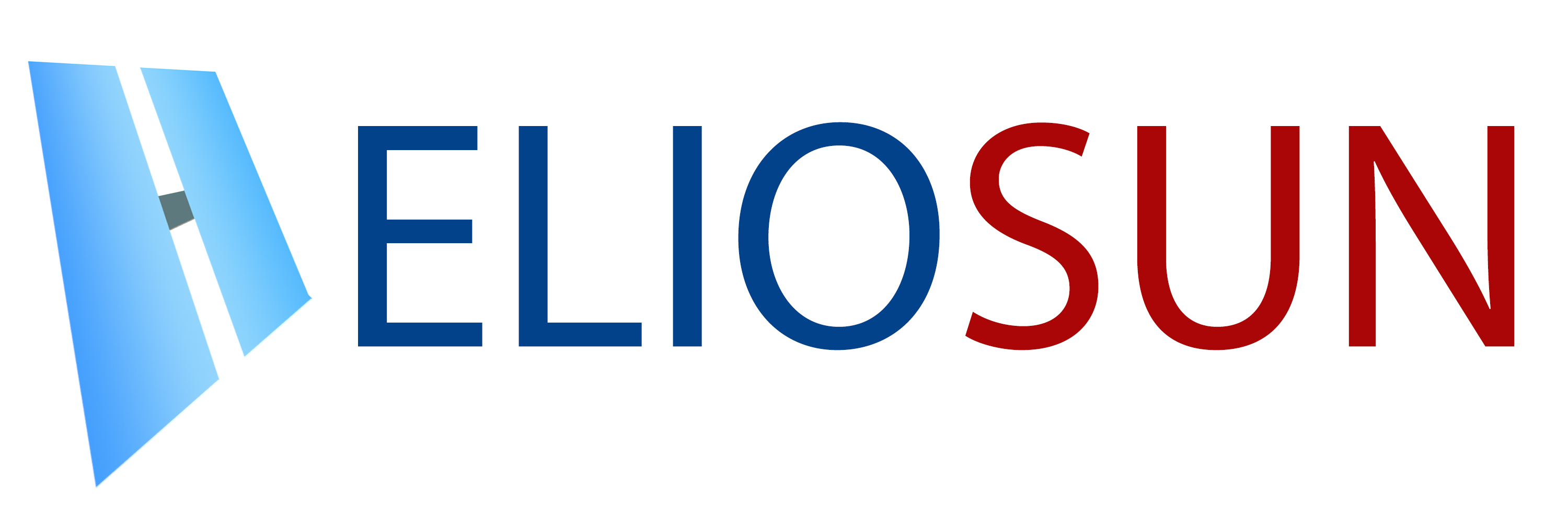

POINT-FOCUS CONCENTRATING SOLAR THERMAL TECHNOLOGIES
MORE EFFICIENT HELIOSTAT FIELDS FOR SOLAR TOWER PLANTS (HELIOSUN)

- IP1: Jesús María Ballestrín Bolea
- IP2: Loreto Valenzuela Gutiérrez
REFERENCIA: PID2021-126805OB-I00
PROYECTOS DE GENERACIÓN DE CONOCIMIENTO 2021
SUMMARY
Concentrating solar thermal power plants should play an important role in the energy transition to renewable energy sources, as they offer a simple and cost-effective way to store thermal energy, allowing the extension of electricity generation to those times when there is no direct solar radiation (at night or on cloudy days). Among the existing concentrating solar technologies, central receiver tower technology has the greatest potential for improvement: it presents higher conversion efficiencies due to the operation at higher temperatures, as well as greater potential of cost reduction in its deployment. Among all the components of the technology (solar field, receiver, energy storage system and power block), the cost reduction in the solar field, formed by thousands of heliostats, would have the greatest impact on the cost reduction of a central receiver plant, since it represents up to 60% of the investment cost for those plants with more than 100MWe of nominal power; in addition to representing a major cost in the operation and maintenance costs of this type of solar plants.
The present project approaches cost reduction from 3 different but complementary points of view. Firstly, an artificial vision system with object recognition based on neural networks is proposed, which allows the closed-loop tracking control of the heliostats in the solar field. This system, consisting on the installation of a low-cost camera and processor in each one of the heliostats in the solar field, will eliminate the positioning sensors and improve the tracking accuracy of heliostat, improving the concentrated solar radiation distribution on the solar receiver surface. This strategy contributes to the improvement in the industrialization of heliostats (industry 4.0), in addition to being aligned with the SmartCSP lines promoted by the European Commission.
Moreover, a correct measurement of the atmospheric attenuation suffered by the solar radiation concentrated by the heliostats on its way to the solar receiver, with distances greater than 1500m (for those solar plants with nominal power greater than 100MWe), will allow firstly, to perform an adequate selection of those sites with the best characteristics for the deployment of solar tower plants with central receiver and, in addition, to optimize the routine operation of the solar plant with real-time measurements of atmospheric attenuation. For this purpose, the proposal aims to work on the generation of an extinction type year for the Plataforma Solar de Almería; in addition to generating and validating atmospheric extinction prediction models based on climatic variables. Finally, using the generated models and satellite images, an atmospheric extinction map for Spain will be generated, which will be very useful for those CSP promoters interested in the development of the technology at national level.
Finally, a ray-tracing simulation software, based on OTSun, is intended to be developed, including a more accurate prediction of the behaviour of a solar tower plant with central receiver considering spectral analysis, as well as including all the experimental results presented above.
These three approaches will allow to improve the operation of solar tower plants as a whole, optimizing in particular the operation of the solar receiver and the solar field, increasing the annual electricity generation and therefore the technical and economic efficiency of these systems.
RESULTS
Noelia Simal, Jesús Ballestrín, Elena Carra, Aitor Marzo, Jesús Polo, Javier Barbero, Joaquín Alonso-Montesinos, Gabriel López. Typical Solar Extinction Year at Plataforma Solar de Almería (Spain). Application to Thermoelectric Solar Tower Plants. Energy 296 (2024) 131242 (ELSEVIER). ISNN: 0360-5442. https://doi.org/10.1016/j.energy.2024.131242. Open Access. |
Jesús Polo, Shukla Poddar, Noelia Simal, Jesús Ballestrín, Aitor Marzo, Merlinde Kay, Elena Carra. Analysis of atmospheric attenuation under future climate scenarios: impact on solar tower power generation. Renewable and Sustainable Energy Reviews 207 (2025) 114997 (ELSEVIER). ISSN: 1879-0690. https://doi.org/10.1016/j.rser.2024.114997. Open Access. |
Estremera-Pedriza, N., Fernández-Reche, J., Carballo, J.A. Optical characterization of a new facility for material testing under concentrated wavelength-filtered solar radiation fluxes. Solar, 3(1), 76-86. 2023. DOI: 10.3390/solar3010007. Open Access. |
Jose Antonio Carballo, Javier Bonilla, Jesús Fernández-Reche, Bijan Nouri, Antonio Avila-Marin, Yann Fabel, Diego-César Alarcón-Padilla. Cloud Detection and Tracking Based on Object Detection with Convolutional Neural Networks. Algorithms 2023, 16(10), 487. DOI: 10.3390/a16100487. Open Access. |
Pujol-Nadal, R. and Cardona, G. (2023). OTSunWebApp: A ray tracing web application for the analysis of concentrating solar-thermal and photovoltaic solar cells. SoftwareX, 23:101449. DOI: 10.1016/j.softx.2023.101449. Open Access. |